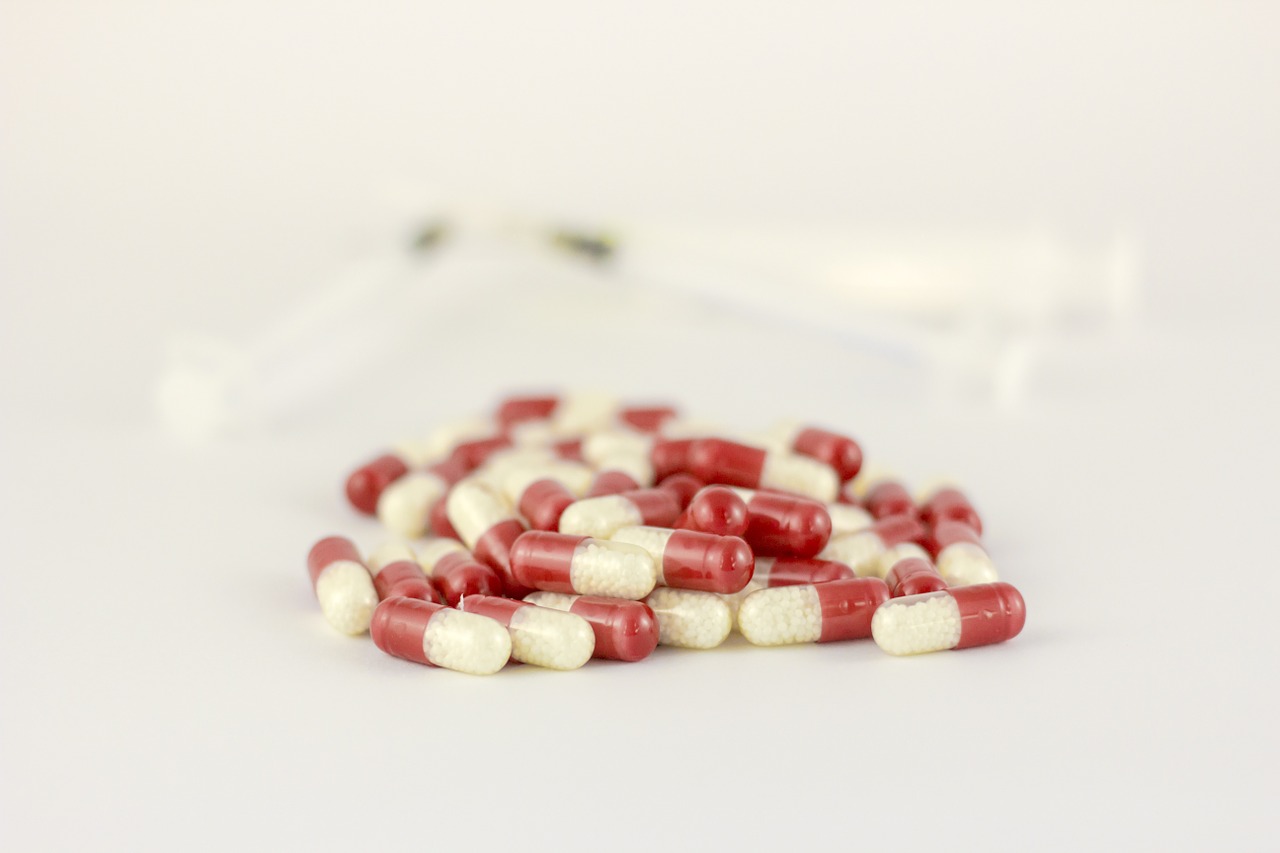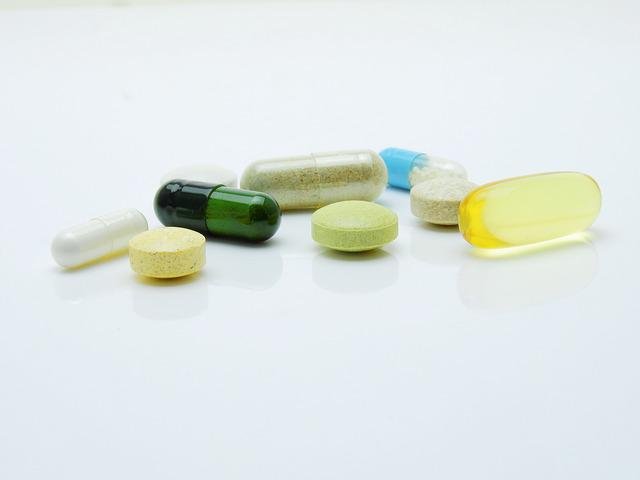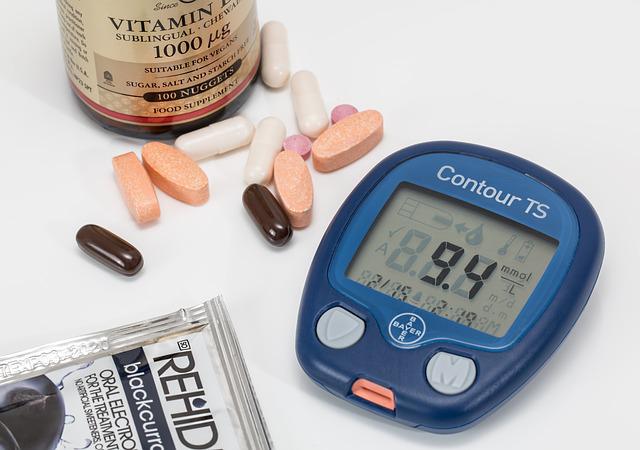Podcast: Play in new window | Download (Duration: 16:34 — 15.2MB) | Embed
On this podcast episode, I discuss lurasidone pharmacology, adverse effects, and drug interactions.
CYP3A4 is an important enzyme in the breakdown of lurasidone. I discuss this further on this episode.
Lurasidone is best taken with food as this enhances absorption and helps improve drug concentrations.
Lurasidone tends to have a lower risk for metabolic syndrome compared to other antipsychotics which is a nice advantage.
Be sure to check out our free Top 200 study guide – a 31 page PDF that is yours for FREE!
Support The Podcast and Check Out These Amazing Resources!
Meded101 Guide to Nursing Pharmacology (Amazon Highly Rated)
Guide to Drug Food Interactions (Amazon Best Seller)










